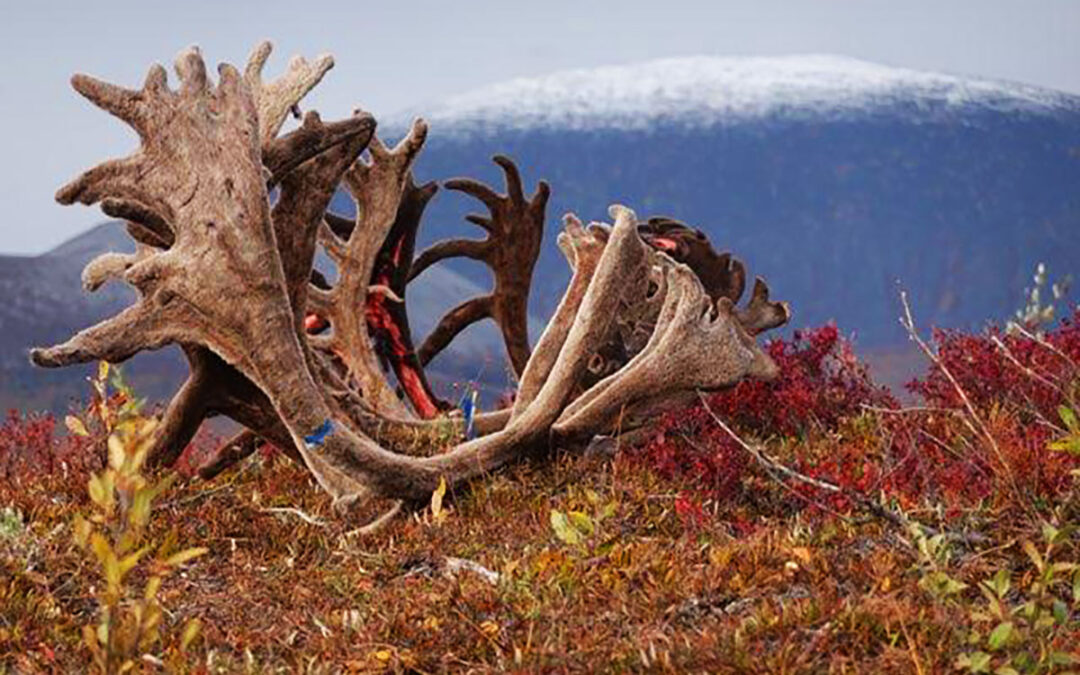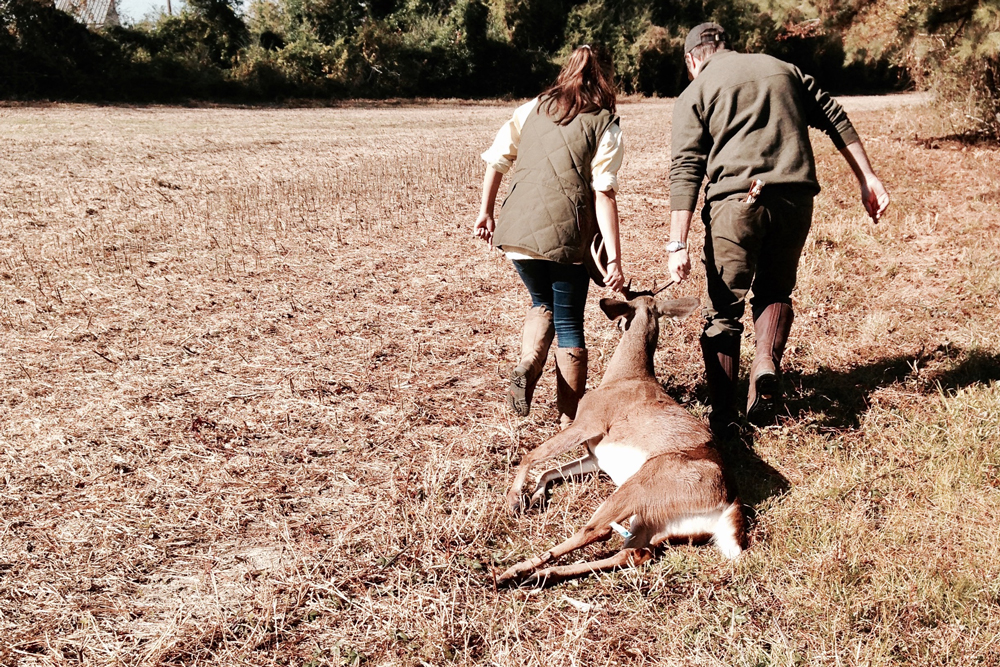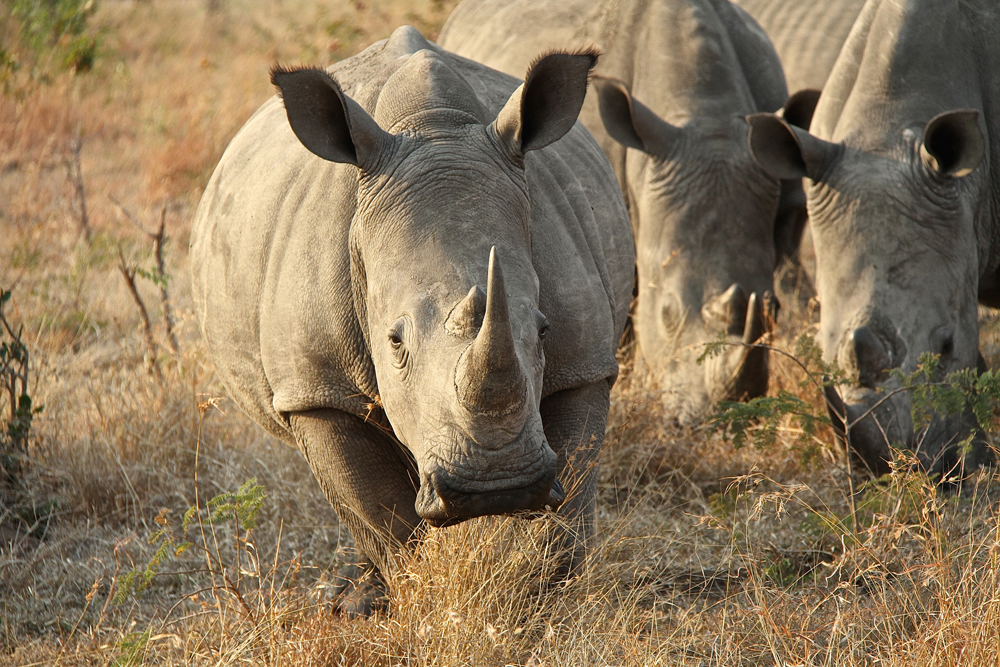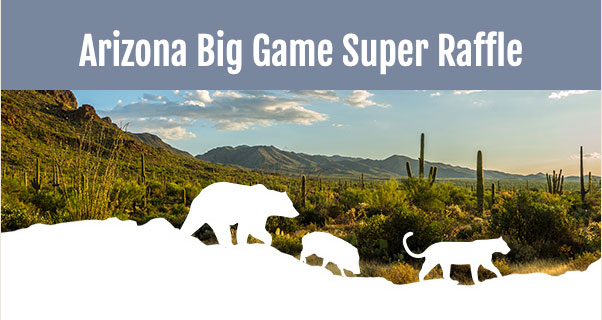It’s cold and gray. That time of year when you gaze out the window, your breath condensing on the glass, and let your mind wander.
The Portuguese have a term they call “Saudade.” It doesn’t translate well to English, but it connotes a deep longing for places, experiences and times that brought excitement and pleasure — a melancholy desire desperate to relive those experiences. The snow pellets glancing off the window take me back to another icy place, where the wind drove snow against a well-worn tent, perched on a little bluff above a rocky river in the Arctic National Wildlife Refuge.
The weather had been bad from the start. It delayed our bush plane flight and forced us to make camp while a cold north wind pushed a driving rain down the canyon. The tent was dank and wet by the time we hunkered down for the night.
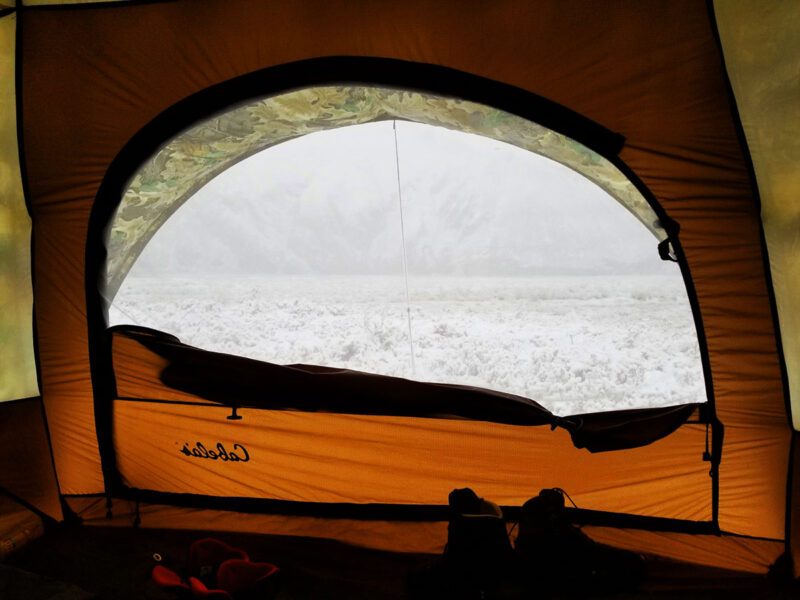 As we crawled out the next morning, we were met with a wintery landscape, and surprisingly, a little herd of caribou walking down the sandbars along the river. A quick scan showed them to be a group of cows, calves and small bulls. Not exactly what we were looking for, but it did give us a sense that we were in the right place at the right time. We were hunting this area based on somewhat dated information. ‘Get a plane to drop you at the strip next to the rocky knoll on the west side of the river, then just wait, the bulls will come to you,’ the old man had told us. While this may have been great advice, we were a little too excited for that. We had 12 days before the plane would return, and we intended to fully explore this lonely drainage in the meantime.
As we crawled out the next morning, we were met with a wintery landscape, and surprisingly, a little herd of caribou walking down the sandbars along the river. A quick scan showed them to be a group of cows, calves and small bulls. Not exactly what we were looking for, but it did give us a sense that we were in the right place at the right time. We were hunting this area based on somewhat dated information. ‘Get a plane to drop you at the strip next to the rocky knoll on the west side of the river, then just wait, the bulls will come to you,’ the old man had told us. While this may have been great advice, we were a little too excited for that. We had 12 days before the plane would return, and we intended to fully explore this lonely drainage in the meantime.
So, we donned our packs and rifles, and with a surge of first-day exuberance headed down the valley in the direction the caribou had taken. Perhaps we only saw the tail end of the herd, and there were bigger bulls ahead of them. Lesson One: if the herd is already past you, you will never catch them. Caribou may appear to be sauntering along, but their long, springy gait eats up miles across the cobbles and sand at a rate you can’t possibly match.
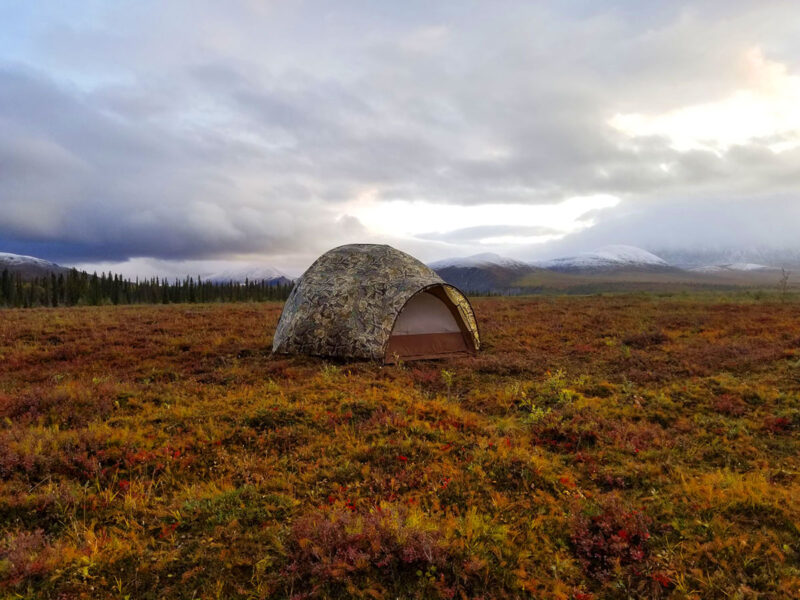 After a couple of hours, we realized the futility in our efforts and turned our attention to the bench on the west side of the river. Even though it was only the third week of August, autumn was well advanced at this latitude, less than 100 miles from the Arctic Ocean. The hills were painted scarlet by the dwarf birch and streaked with vibrant yellow in the wet spots where willows found enough water to grow. Little patches of black spruce dotted the landscape here and there, intermingled with wide expanses of muskeg.
After a couple of hours, we realized the futility in our efforts and turned our attention to the bench on the west side of the river. Even though it was only the third week of August, autumn was well advanced at this latitude, less than 100 miles from the Arctic Ocean. The hills were painted scarlet by the dwarf birch and streaked with vibrant yellow in the wet spots where willows found enough water to grow. Little patches of black spruce dotted the landscape here and there, intermingled with wide expanses of muskeg.
We had only been glassing for a short time, when we were caught off guard. From behind a little hummock on the edge of the bench, four large bulls trotted out and immediately sighted us on the open sand bars. They raised their heads, and in one motion turned and disappeared. We pursued immediately, but as we topped the steep ledge where the bulls had been, we saw them at a full trot, already 500 yards away.
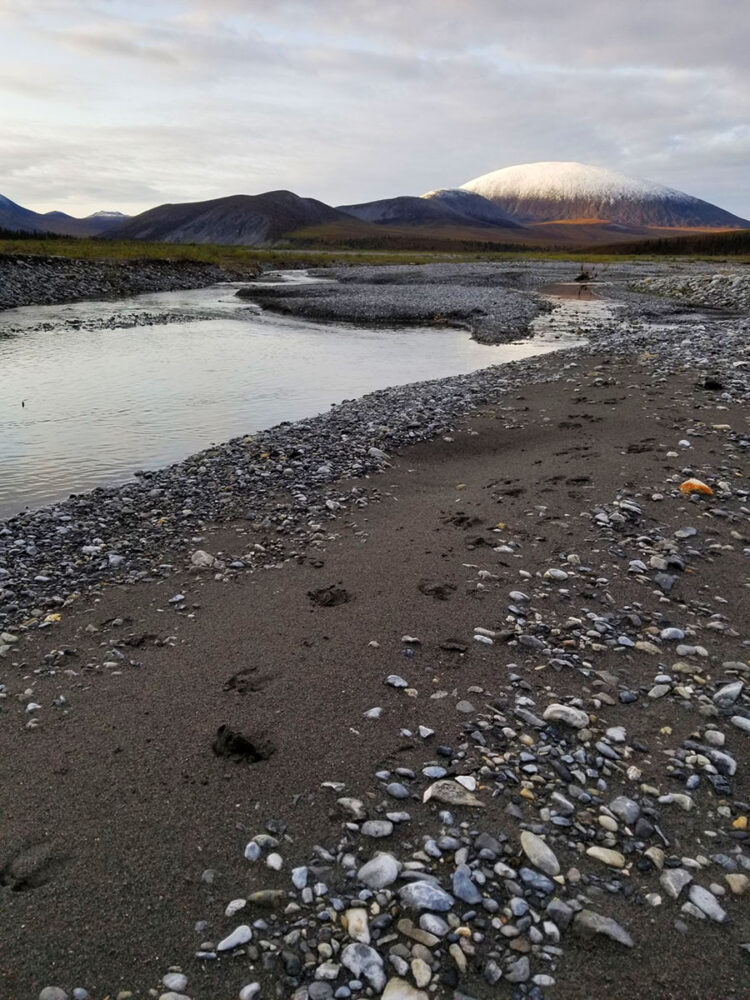 We spent the rest of the day on the bench, glassing the surrounding mountains and wallowing through muskeg. We discovered an area where the great migration of the Porcupine herd had passed, leaving deep trails through the mosses and lichens. We spotted two grizzlies digging for marmots on a grassy hillside. It is truly a place where time has a small impact, little has changed since the last Ice Age.
We spent the rest of the day on the bench, glassing the surrounding mountains and wallowing through muskeg. We discovered an area where the great migration of the Porcupine herd had passed, leaving deep trails through the mosses and lichens. We spotted two grizzlies digging for marmots on a grassy hillside. It is truly a place where time has a small impact, little has changed since the last Ice Age.
Then, it was as if some unseen force turned off a faucet. We spent the next few days glassing, hiking and exploring the drainage, but saw very few caribou. Occasionally, we spotted a small group on some impossibly distant ridgeline, but the valley was empty. We wondered if we had missed our chance.
It wasn’t until the ninth day when our luck finally turned. I unzipped the door of the tent to see what can only be described as a river of caribou pouring over the pass on the other side of the valley. They were all there, small bulls, large bulls, cows and calves. Hundreds of animals, stretching from the river’s edge to the horizon.
We dressed in a rush, grabbed our rifles and headed directly toward the herd, which seemed not to care about our presence. We were in their way, and they had no intention of stopping. My hunting partner took the first bull, a beautiful, mature specimen with a full, white mane. It wandered about 100 yards and fell quickly with one shot.
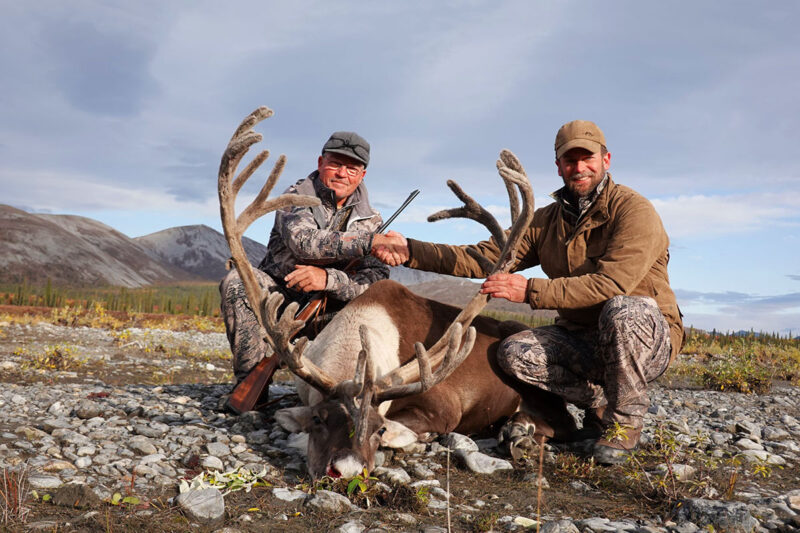
It was now my turn, and after some hasty maneuvering up the riverbank, I picked a large bull with massive, dark antlers, which also fell to a single round. At the report of this second rifle shot, several hundred animals whipped around and ran back across the river. The clatter of thousands of hooves and the splashing of water echoing off the cliff was deafening. I saw an old bull, one that had heavy, silver antlers and a double shovel on a little island near the base of the cliff. I shot him, he ran a few yards on wobbly legs and laid down. I shot him again and he rolled onto the sand.
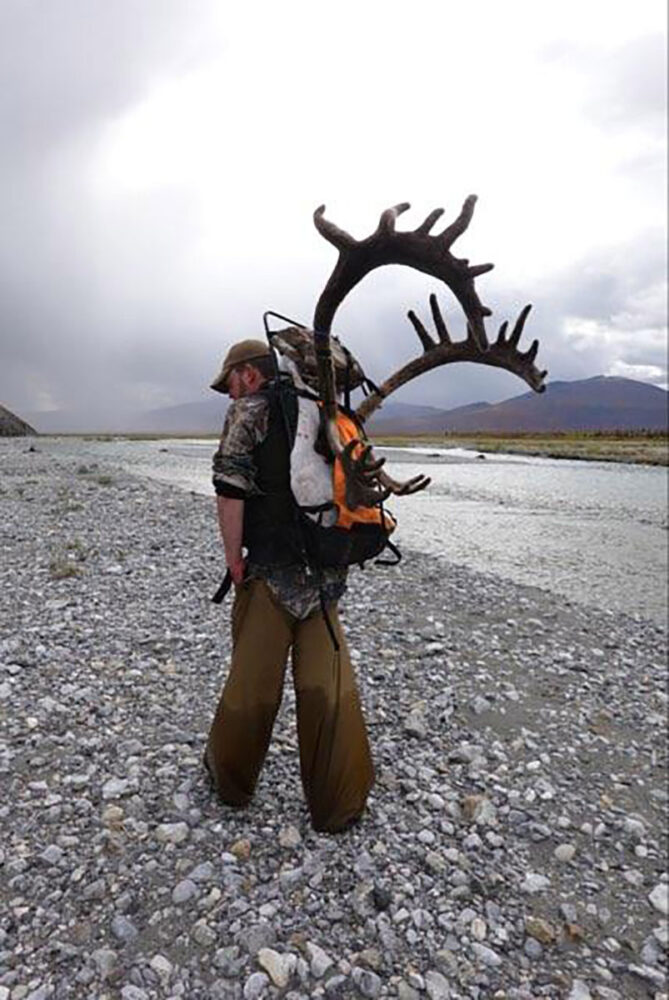 We had our work cut out for us. We spent the rest of the day skinning, quartering and packing meat back to camp. My companion shot his second bull the next day, another beautiful trophy, only 70 yards from the tent.
We had our work cut out for us. We spent the rest of the day skinning, quartering and packing meat back to camp. My companion shot his second bull the next day, another beautiful trophy, only 70 yards from the tent.
The old man had been right.
As I now look through the windowpane at the frozen January landscape, and think of the caribou thundering through that icy arctic water, I long to be with them again. I feel a saudade river of longing flow through me.
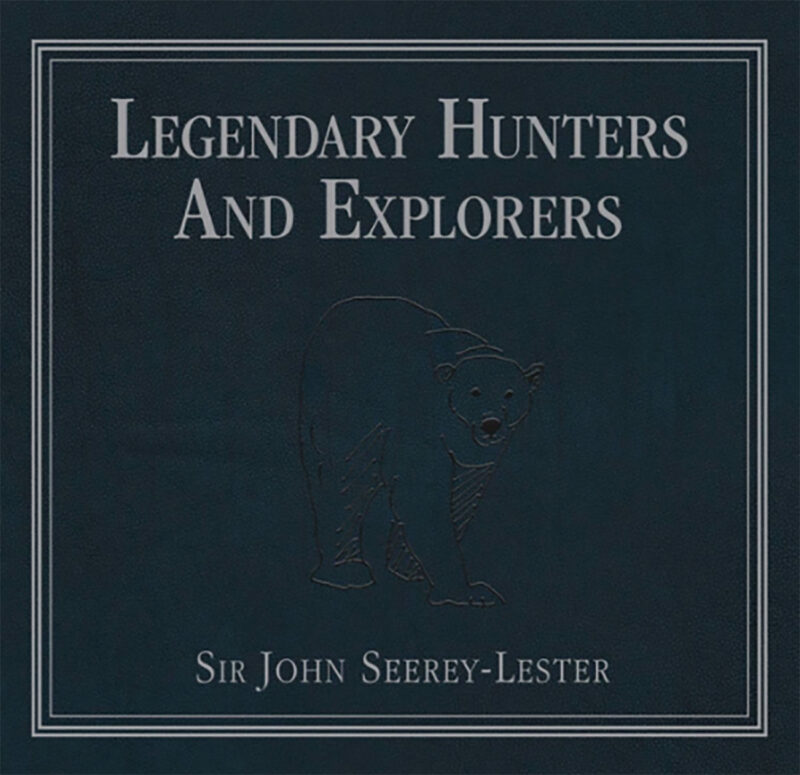 Finishing the final book in the iconic Legends series, Legendary Hunters and Explorers is the epitome of Sir John Seerey-Lester’s spirit. Filled with over 120 paintings and 45 descriptive chapters, the new 200-page book relives the compelling stories of 25 acclaimed hunters and explorers.
Finishing the final book in the iconic Legends series, Legendary Hunters and Explorers is the epitome of Sir John Seerey-Lester’s spirit. Filled with over 120 paintings and 45 descriptive chapters, the new 200-page book relives the compelling stories of 25 acclaimed hunters and explorers.
Amid his fight against cancer, Sir John Seerey-Lester was working tirelessly on his final book of the Legends series, Legendary Hunters and Explorers, when he passed away in May of 2020. He is survived by his wife and fellow artist, Suzie Seerey-Lester, who carries his torch with vigor and pride. Suzie visited the Sporting Classics office to see the fruits of her beloved husband’s lifelong passion and labor finally in print and to sign her name on the project she completed in his honor. Buy Now

